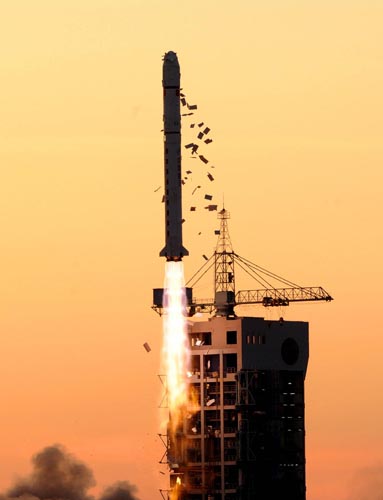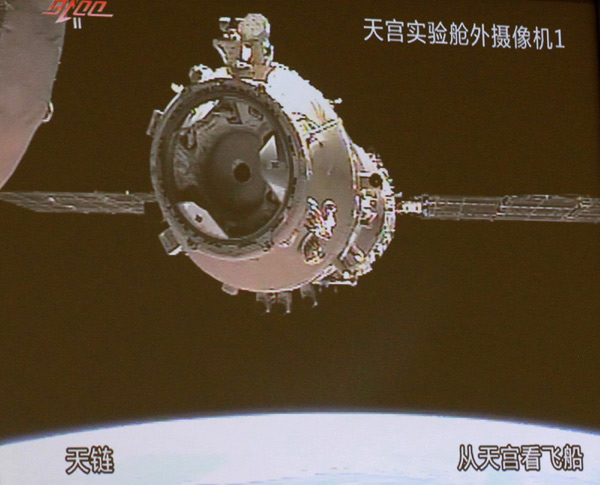Manufacturing
- Details
- By David Cao
- Hits: 1596
If you take a look at the bottom of Dongfeng LUXGEN M7, you will find out "东风裕隆" which means you will find this model on 2012 Beijing Auto Show hold in April.
- Details
- By David Cao
- Hits: 2291
In order to change the cheap image, BYD designed a brand-new compact model 5A. Now we can see the photo of next generation F3. From this model, BYD put more effort in its oringinal design.

Next Generation F3 BYD unmasked
- Details
- By David Cao
- Hits: 1728
FAW Red Flag C131 spy shots released online.


FAW Redflag C131 is targeted at luxury auto market, consider Audi A6L as rival. C131 based on Red Flag brand new platform - H, which going to release SUV model. Above it, there is a L platform which has a classic model - HQE.
- Details
- By David Cao
- Hits: 1405

A Long March 2D carrier rocket carrying Chuangxin 1-03 and Shiyan Satellite 4 blasts off from the launch pad at the Jiuquan Satellite Launch Center in northwest China's Gansu Province, Nov 20, 2011. The launch was the 151th of China's Long March series of rockets. The Chuangxin 1-03 will be used to collect and relay hydrological, meteorological, and electric power data as well as data for disaster relief. The Shiyan Satellite 4 will be used for space technology experiments and environmental observation. [Photo/Xinhua]
- Details
- By David Cao
- Hits: 1233

China's unmanned spacecraft Shenzhou-8 departed from the prototype space lab Tiangong-1 at 6:30 pm Wednesday, preparing for return to earth, a spokesperson for China's manned space program said.
This came after China had successfully completed its first two space docking tests that joined the Shenzhou-8 spacecraft, launched on November 1, and the target orbiter Tiangong-1 on November 3 and November 14, respectively.
Tiangong-1, a module of a planned space lab, has been in orbit since its launch on September 29.
Read more: Shenzhou-8 departs from Tiangong, ready for return
More Articles …
Page 23 of 55
